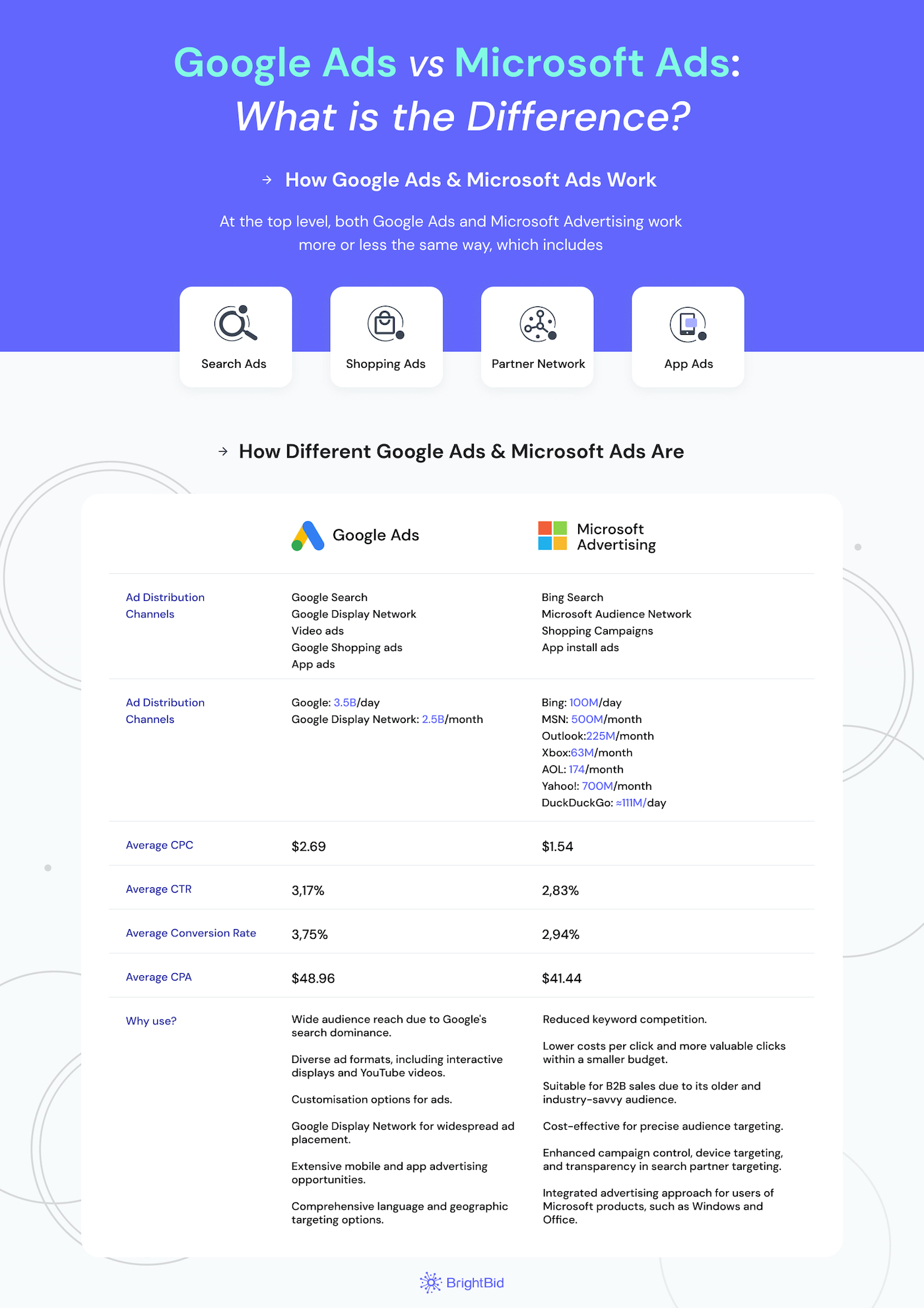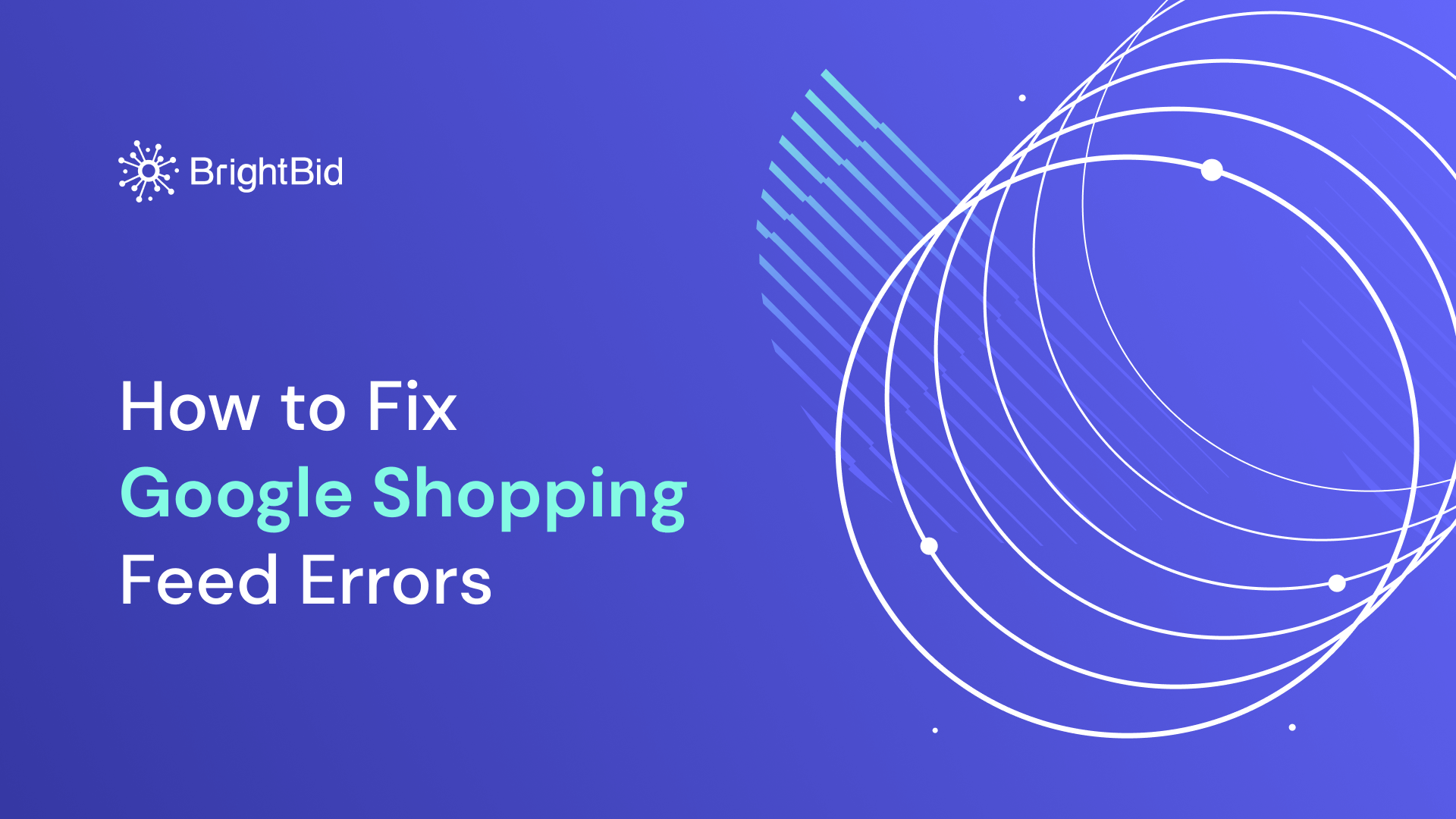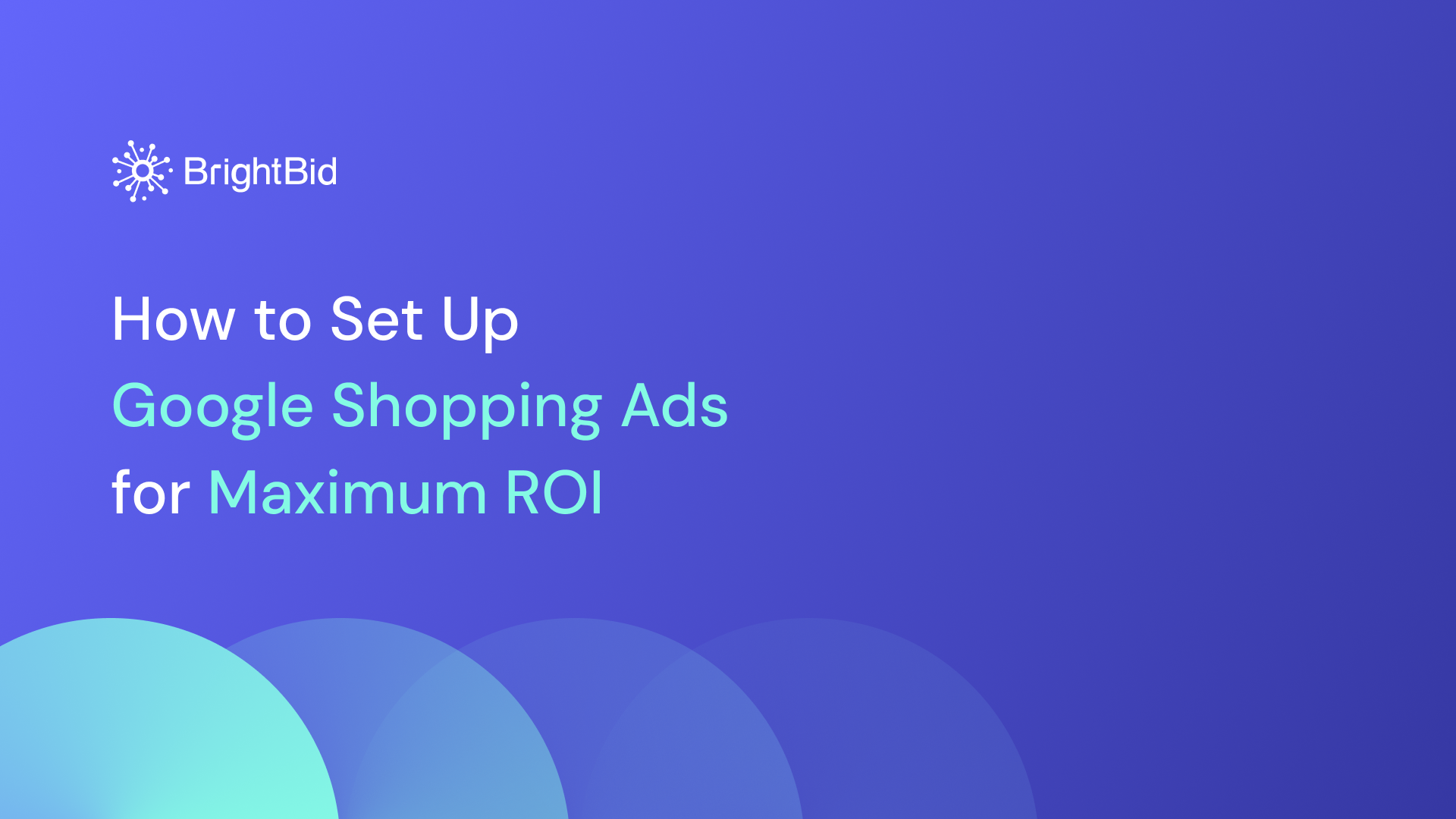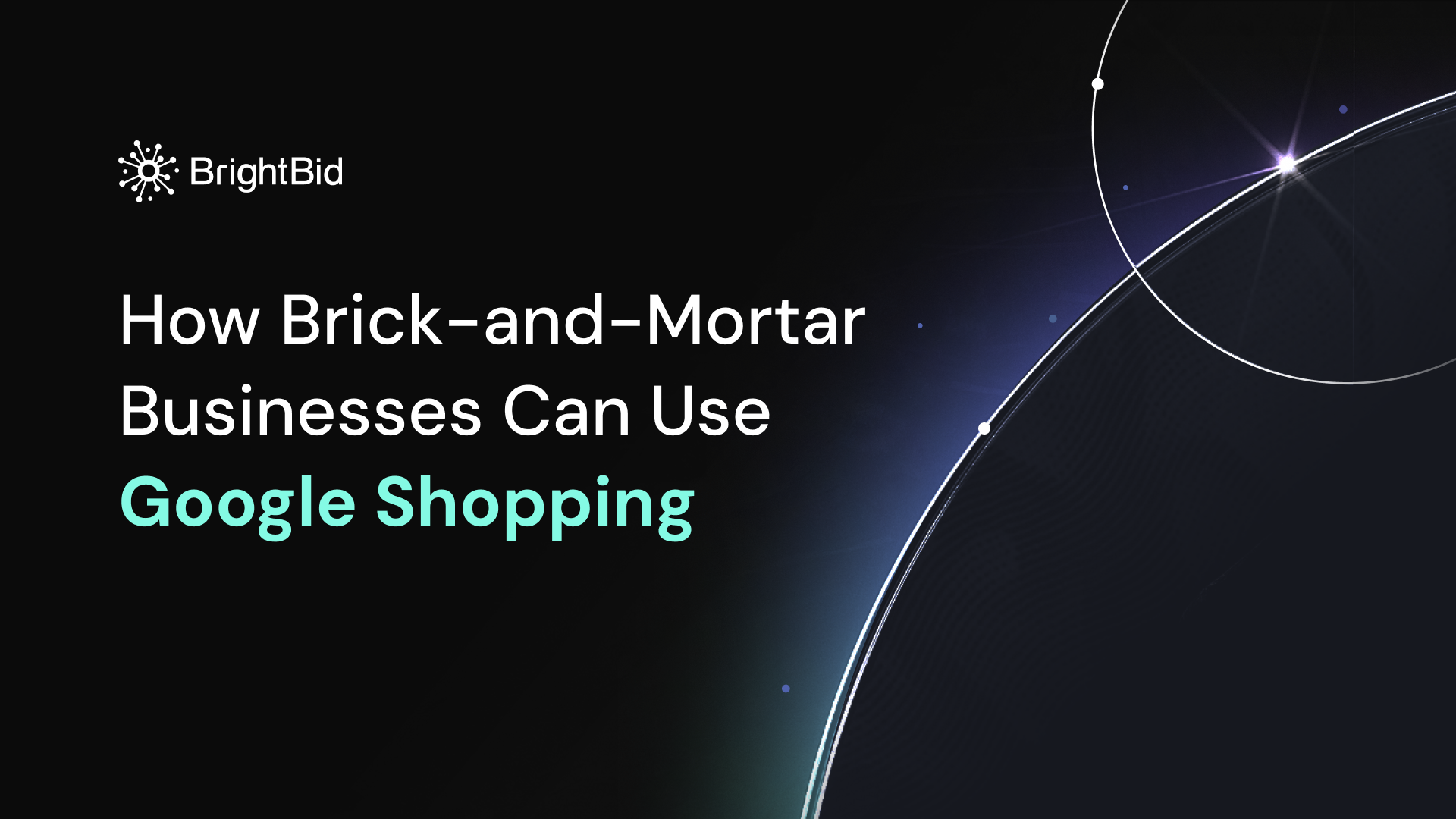Table of Contents
In the ever-evolving world of digital advertising, the debate between Google Ads and Bing Ads (now part of Microsoft Advertising) continues to be a hot topic. However, in 2025, it’s clear that the choice isn’t about picking one over the other but rather leveraging the strengths of both platforms to maximize your e-commerce business’s reach and ROI. Let’s dive into the latest updates, trends, and insights to help you make informed decisions about your advertising strategy.
Enhance your PPC campaigns with AI
What are Google Ads?
Google Ads remains the dominant platform, offering AI-driven campaigns, immersive ad formats, and privacy-centric targeting. In 2025, Google Ads has introduced several new features, including enhanced machine learning algorithms for automated bidding, AR/VR-based shopping ads, and Privacy Sandbox initiatives. Google Ads remains the dominant platform, offering AI-driven campaigns, immersive ad formats, and privacy-centric targeting.
What is Microsoft Ads (Bing Ads)?
Microsoft Advertising, powered by Bing, has seen significant growth in 2025, thanks to its integration with AI technologies like ChatGPT and its focus on privacy-friendly advertising. Key updates include AI-powered search, expanded partner networks, and enhanced B2B targeting through LinkedIn integration.
How Google Ads vs Bing Ads Work
Both platforms operate on a pay-per-click (PPC) model, allowing advertisers to bid on keywords and display ads to relevant audiences. However, there are notable differences in how they function:
- Google Ads: Dominates global search traffic, offering extensive reach and advanced targeting options.
- Microsoft Ads: Focuses on a more specific demographic, often older and more affluent, with lower competition and CPCs.
Key Differences Between Google Ads and Bing Ads in 2025
Market Share and Reach
- Google maintains its lead with approximately 82% of the global search market share, while Bing has grown to 12%, thanks to its AI-driven search experience.
- Bing’s integration with ChatGPT has attracted younger, tech-savvy users, narrowing the gap with Google.
Cost-Per-Click (CPC)
- Bing Ads continue to offer lower CPCs, averaging $1.45 compared to Google’s $2.85. This makes Bing an attractive option for businesses with limited budgets.
Audience Demographics
- Google’s audience remains diverse, with a strong presence among mobile users.
- Bing’s audience skews older, with a higher concentration of professionals and decision-makers, making it ideal for B2B campaigns.
Ad Formats and Innovation
- Google leads in immersive ad formats, such as AR shopping ads and interactive video content.
- Bing focuses on simplicity and efficiency, with streamlined ad formats and better integration with Microsoft’s ecosystem (e.g., Outlook, LinkedIn).
Privacy and Targeting
- Both platforms have adapted to privacy regulations, but Bing’s reliance on first-party data from Microsoft products gives it an edge in privacy-compliant targeting.
What Do Bing Ads and Google Ads Have in Common?
- Both platforms use PPC advertising, ensuring you only pay for clicks.
- Keyword-based targeting remains a core feature of both.
- Advanced audience targeting options, including demographics, interests, and in-market segments.
- Support for multiple ad formats, including text, image, and video ads.
Benefits of Microsoft (Bing) Ads vs Google Ads
Microsoft Advertising (Bing Ads) Benefits
- Lower CPCs and less competition.
- Superior B2B targeting through LinkedIn integration.
- Privacy-focused advertising with first-party data.
- AI-powered search for better user engagement.
Google Ads Benefits
- Unmatched global reach and diverse audience.
- Advanced ad formats and customization options.
- Extensive mobile and app advertising capabilities.
- AI-driven campaign optimization tools.
Ad Performance Comparison: Google Ads vs Microsoft Ads in 2025
- Click-Through Rate (CTR): Google Ads leads with a CTR of 3.25%, while Bing Ads follow closely at 3.10%.
- Conversion Rate: Google Ads maintain a higher conversion rate at 4.10%, compared to Bing’s 3.50%.
- Cost-Per-Click (CPC): Bing Ads remain cheaper at $1.45, while Google Ads average $2.85.
- Cost-Per-Action (CPA): Bing Ads offer a 20% lower CPA at $38.50, compared to Google’s $48.00.
Why and Should You Use Both Google Ads and Bing Ads in 2025?

Using both Google Ads and Bing Ads allows you to maximize your advertising coverage and target the right audience at the right cost. Here’s how.
Google’s wide reach is great for building brand awareness and attracting a large audience, especially on mobile devices. Bing’s connection with LinkedIn enables precise targeting for B2B campaigns, allowing you to reach specific job roles (e.g., marketing managers, CEOs) and industries (e.g., SaaS, finance) at a lower cost. Using both platforms offers a complementary approach, helping you expand your reach and effectively target the right audience at the right cost.
Here’s an example. A B2B SaaS company specializing in project management software increased its qualified leads by 20% by implementing a dual-platform strategy. They used LinkedIn targeting on Bing to reach decision-makers and Google Ads for broader brand awareness. Their overall CPA decreased by 15%.
By combining both platforms, you can ensure your ads are seen by a diverse audience while also reaching highly specific segments that are more likely to convert.
Competitor Analysis on Bing Ads
While Google Ads offers a wide range of tools for competitor analysis, Bing Ads also provides valuable insights. You can analyze competitor keywords and ad copy directly within the Bing Ads interface by using the ‘Auction Insights’ report and reviewing competitor ad placements. This allows you to identify gaps in your strategy and refine your campaigns for better performance.
Conclusion
The choice between Google Ads and Bing Ads isn’t about picking a winner but about leveraging the unique strengths of each platform. Google Ads offers unparalleled reach and innovation, while Bing Ads provides cost-effective targeting and privacy-friendly solutions. By combining both, you can create a robust advertising strategy that maximizes your ROI and reaches your target audience effectively.
At BrightBid, we specialize in optimizing Google and Microsoft Ads campaigns using AI-driven insights. Ready to take your advertising to the next level? Contact us today for a free consultation to discover how we can help you maximize your ROI with a strategic Google Ads and Bing Ads campaign tailored to your business goals and achieve your specific marketing objectives.
Additional Resources:
- Google Ads Official Documentation
- Microsoft Advertising Official Documentation
- BrightBid AI Optimization Tools
By staying updated with the latest trends and leveraging the right tools, you can ensure your advertising strategy remains competitive in 2025 and beyond.



 ” />
” />

 ” />
” />
